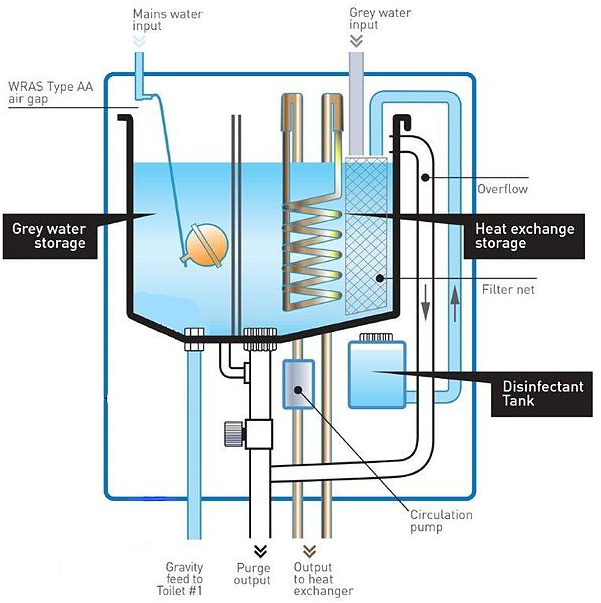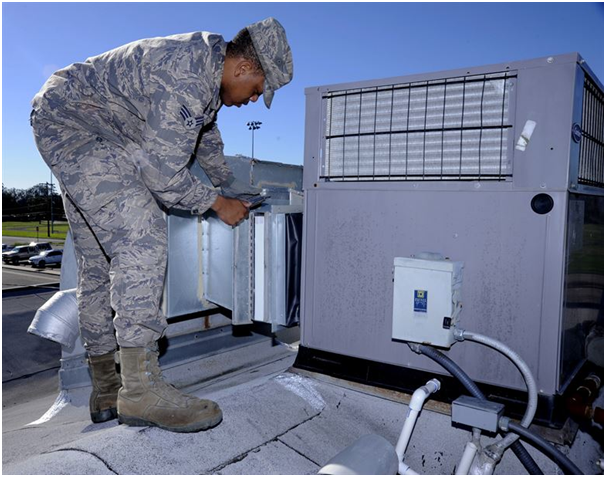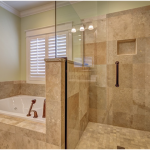The average person could probably name at least one component of an air conditioning system: the ducts. Most would probably reason there must also be a pump or fan somewhere. After that it gets sketchy.
There are at least five other crucial components in most HVAC systems without which air conditioning would be impossible, or at least barely worthwhile.
Take-offs
It may sound obvious, but to deliver and collect air at various points ductwork must branch and join. However, these “take-off” points can be quite complicated: in order to deliver the right volumes of air, diameters and routing are important. Often branch ducts are incorporated independently inside the main duct up to the point where branches emerge to connect to grills and registers.
Heads, Boots, Stacks and Filters
Many different parts of an HVAC system are prone to behaving erratically under different conditions, such as in response to external temperatures and air pressure or wind directions. The inclination of the ducting route has an effect on how fast air will move within it too, and the location (and condition) of air filters introduces another variable into the situation.
A variety of special duct profiles and bends can be used to control this flow better, along with the choice of seals, grills, dampers and filters. You can see a selection of devices and ducting supplies at https://www.dustspares.co.uk/.
Fire Dampers
Ducting provides a potential route for fire, fumes or smoke to spread through a building, so building regulations are strict on the subject. The Building Regulations Approved Document B imposes strict requirements about ducts as they pass through fire walls, floors and other building sections (for example, see https://assets.publishing.service.gov.uk/government/uploads/system/uploads/attachment_data/file/441669/BR_PDF_AD_B2_2013.pdf).
Fire dampers are protective actuator-driven devices often installed at these critical points.
Volume Dampers
Dampers can be installed at various other locations simply to allow the speed, volume or direction of air to be adjusted. They can be either manually or electronically controlled. If you thought “volume damper” meant they keep the noise down, you can have one out of ten.
Vibration Isolators
Actually moving air can potentially generate or carry a degree of noise, especially at fans and grills. Vibration isolators are a precaution that you can install at the most sensitive locations to avoid any nuisance noise and prevent conversations being carried through the ducts between rooms.



